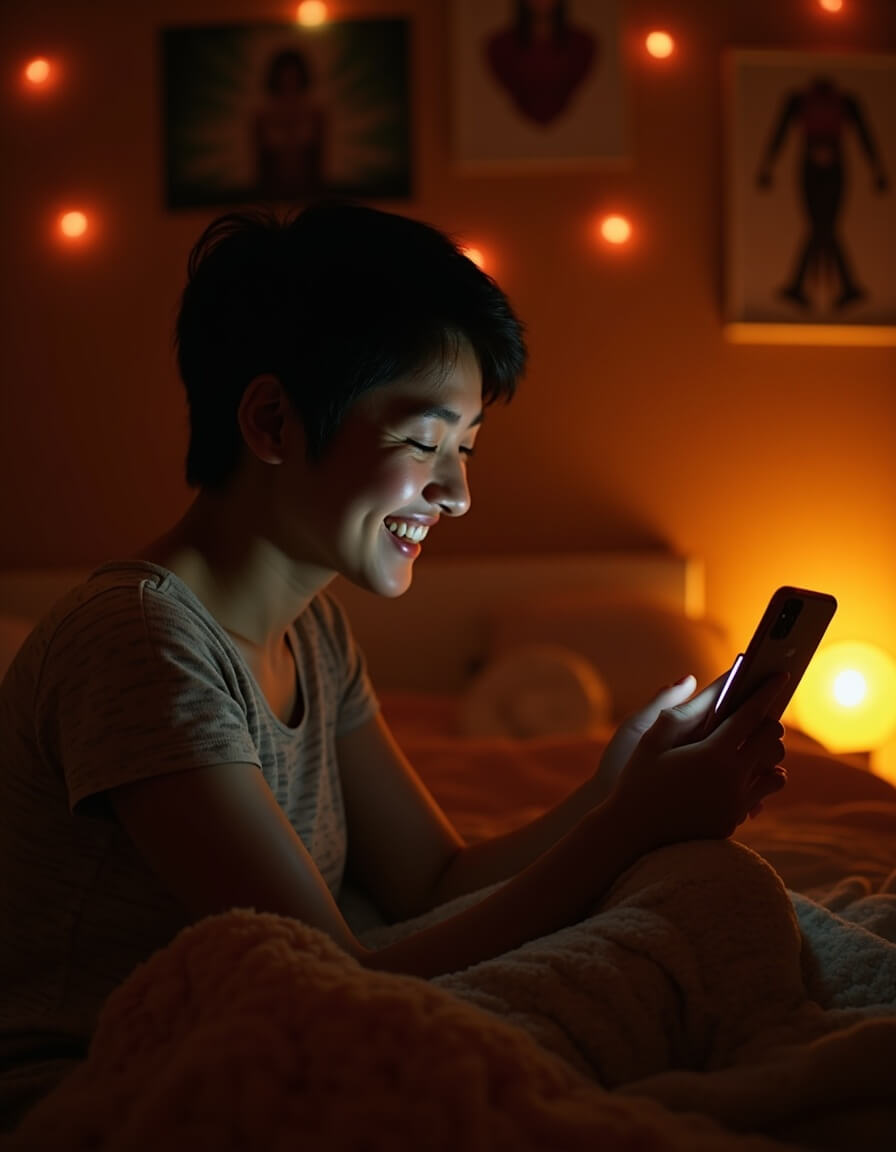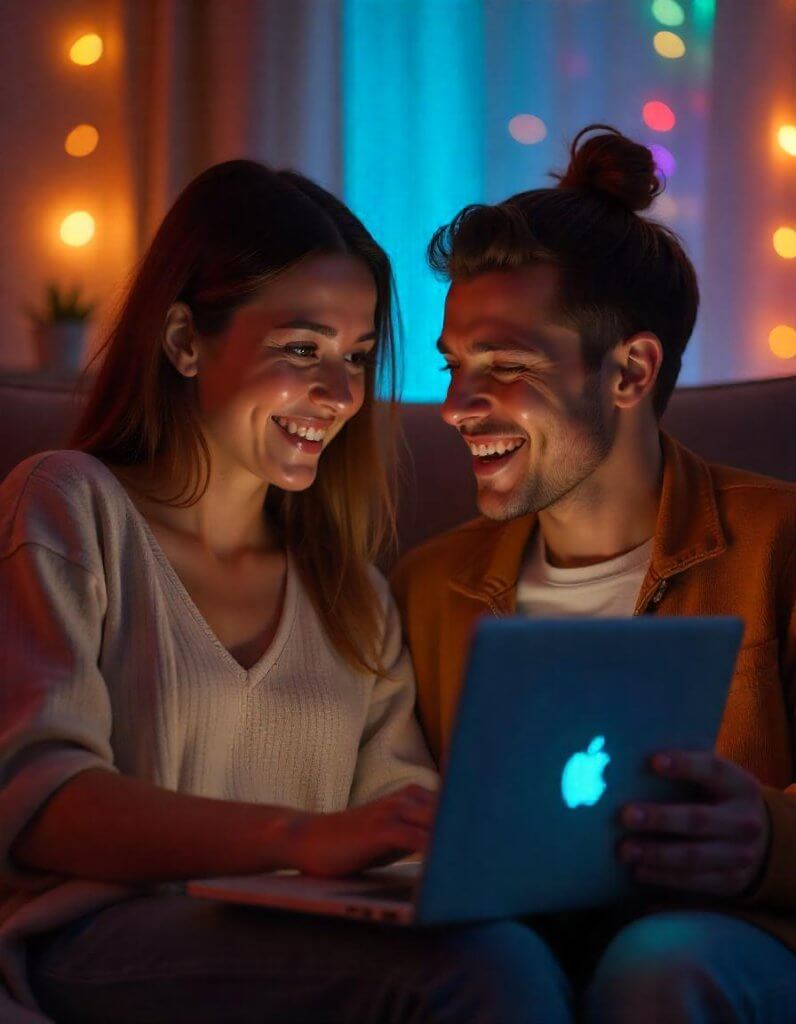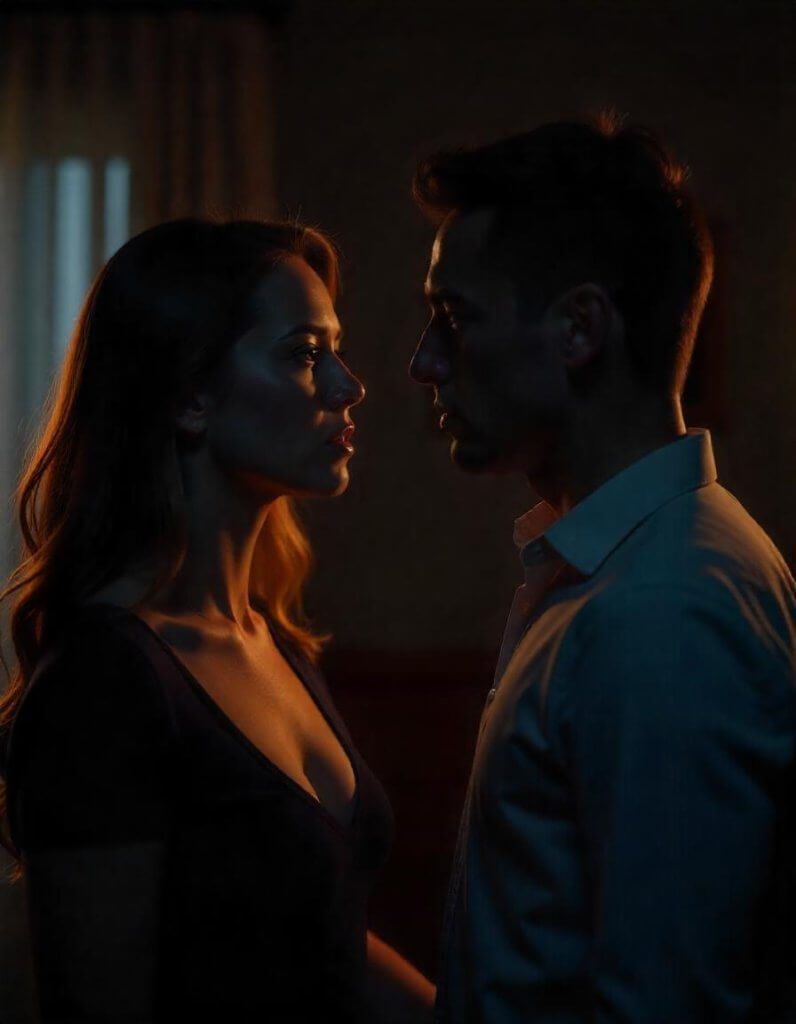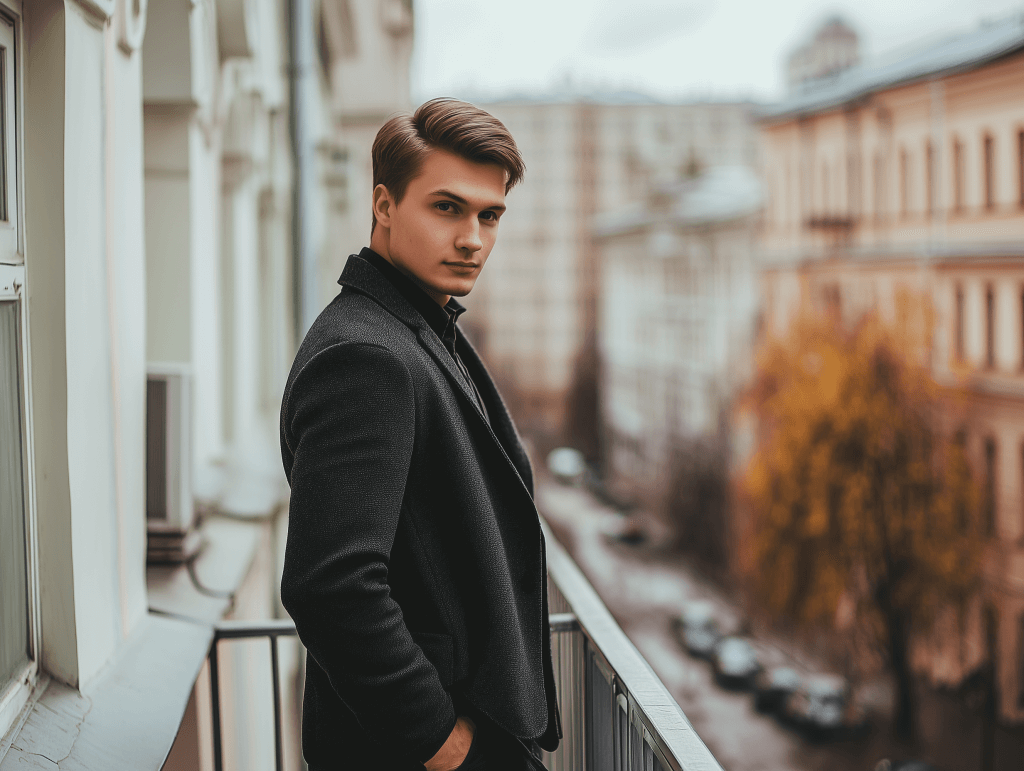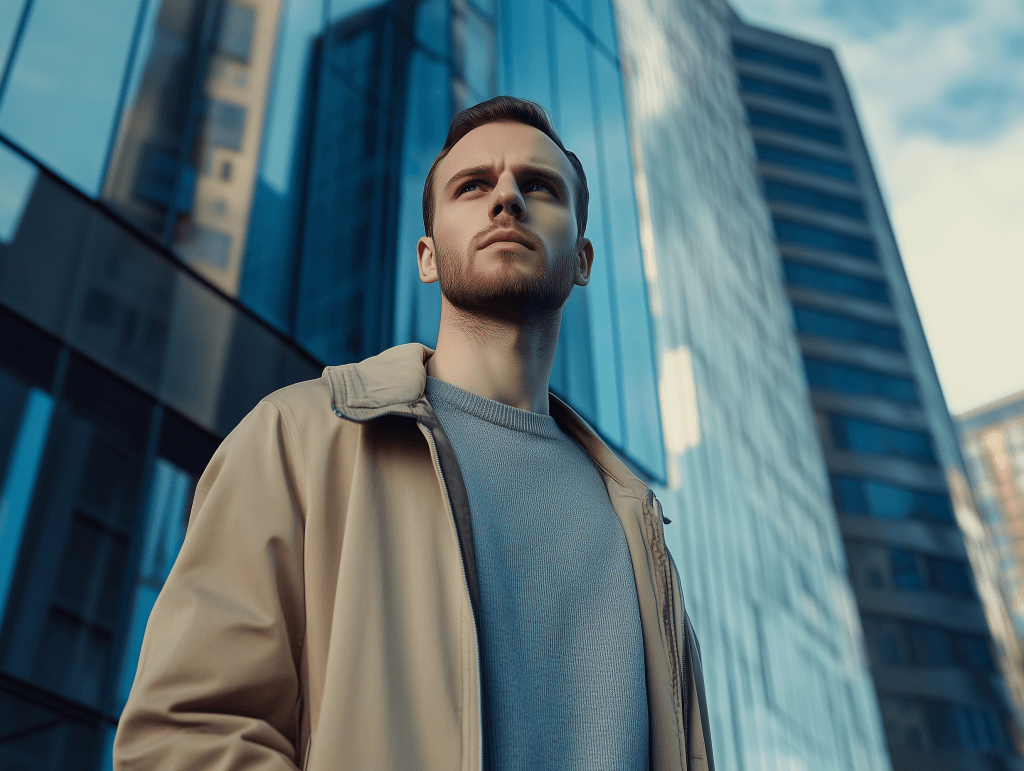A parasocial relationship forms when an individual feels a bond with a public figure. This bond is one sided. It often develops through a tv show, podcast, or social media channel. In these scenarios, a person follows updates and feels like they truly know their favorite celebrity. Such connections can shape one’s emotions and outlook. This article examines the rise of these ties, their common triggers, and their effects on mental health and overall health.
What Is a Parasocial Relationship?
A parasocial relationship is a one-sided bond. Fans invest time in watching a tv show or scrolling on social media. They follow their favorite celebrity’s every post and interview. This person may feel like they share inside knowledge. Yet the celebrity knows nothing about them. These connections blur the line between real social bonds and mediated links. The term “parasocial” was first coined in the 1950s to describe audience attachments to TV hosts. Today, it extends to influencers on social media platforms.
Why Parasocial Relationships Are Common
Many people seek community. When real life feels isolating, fans turn to screens. It is common to prefer a predictable tv show character over an unpredictable friend. This one sided affection can feel safer than face-to-face ties. Social media algorithms reinforce these feelings. They suggest posts that keep fans engaged. Over time, fans develop intense personal attachments to characters or influencers. They deepen emotional ties without ever meeting in person.
Role of Celebrities and Media
Celebrities curate an image. They share glimpses of daily life. This strategy invites fans to feel like insiders. A celebrity might post behind-the-scenes photos or livestream Q&A sessions. This drives social engagement. Fans comment and expect replies. Such exchanges strengthen the illusion of mutual connection. As a result, fans may perceive an intense personal rapport. They believe the celebrity cares about them. Behind this illusion lies a careful media play to expand reach and influence.
Positive Effects on Mental Health
Not all parasocial relationships are harmful. Sometimes a fan finds comfort in a tv show character during hardship. They feel like they are not alone. These ties can motivate healthy habits or spark creativity. For some, learning about a favorite celebrity’s charity work inspires volunteerism. Fans may join online book clubs or fitness challenges promoted by an influencer. In these cases, the bond extends support beyond one-sided enjoyment. It can boost self-esteem and foster social activism.
When Parasocial Bonds Turn Borderline Pathological
However, some fans cross a line. They exhibit borderline pathological behaviors. These fans check social media dozens of times a day. They may spend excessive money on merchandise. Fans believe a celebrity is sending personal messages. They feel like the star will someday reciprocate. These fans show intense personal obsession. They might ignore real-life friends and family. Such ties can harm relationships and work performance. Recognizing these signs is vital for maintaining balance.
Impacts on Overall Health
Strong parasocial attachments can affect physical well-being. Fans might lose sleep watching late-night livestreams. They may skip meals to follow updates. Ignoring personal duties for a tv show or influencer can lead to stress. Over time, this neglect harms health. Long hours online tire the eyes and strain the body. Mental health and physical health are intertwined. When one suffers, the other often does too.
Strategies to Manage One-Sided Connections
Awareness is the first step. A person should track how much time they spend online. Setting a daily limit for social media can help. Fans can schedule breaks between sessions. Engaging in real-life social activities balances screen time. Building real ties with friends and family is crucial. If feelings grow intense personal or borderline pathological, seeking help is wise. Therapists can guide those who feel like they cannot reduce their media consumption.
Extending Healthy Media Use
To prevent unhealthy ties, fans can diversify their content diet. They might subscribe to educational channels or wellness podcasts. This approach helps extend their interests beyond a single personality. Joining community groups lets fans discuss shows and influencers in a guided way. Book clubs, sports leagues, or art classes offer real-world interaction. These social outlets reduce reliance on one-sided bonds and reinforce mutual relationships.
Conclusion
Parasocial relationship bonds are here to stay. In a social media age, fans often feel close to celebrities without reciprocity. While these ties can offer comfort and inspiration, they also pose risks when they become borderline pathological. Balancing screen time with real-world social connections supports both mental health and physical health. By understanding these one-sided ties, each person can enjoy media responsibly and maintain meaningful relationships beyond the screen.


